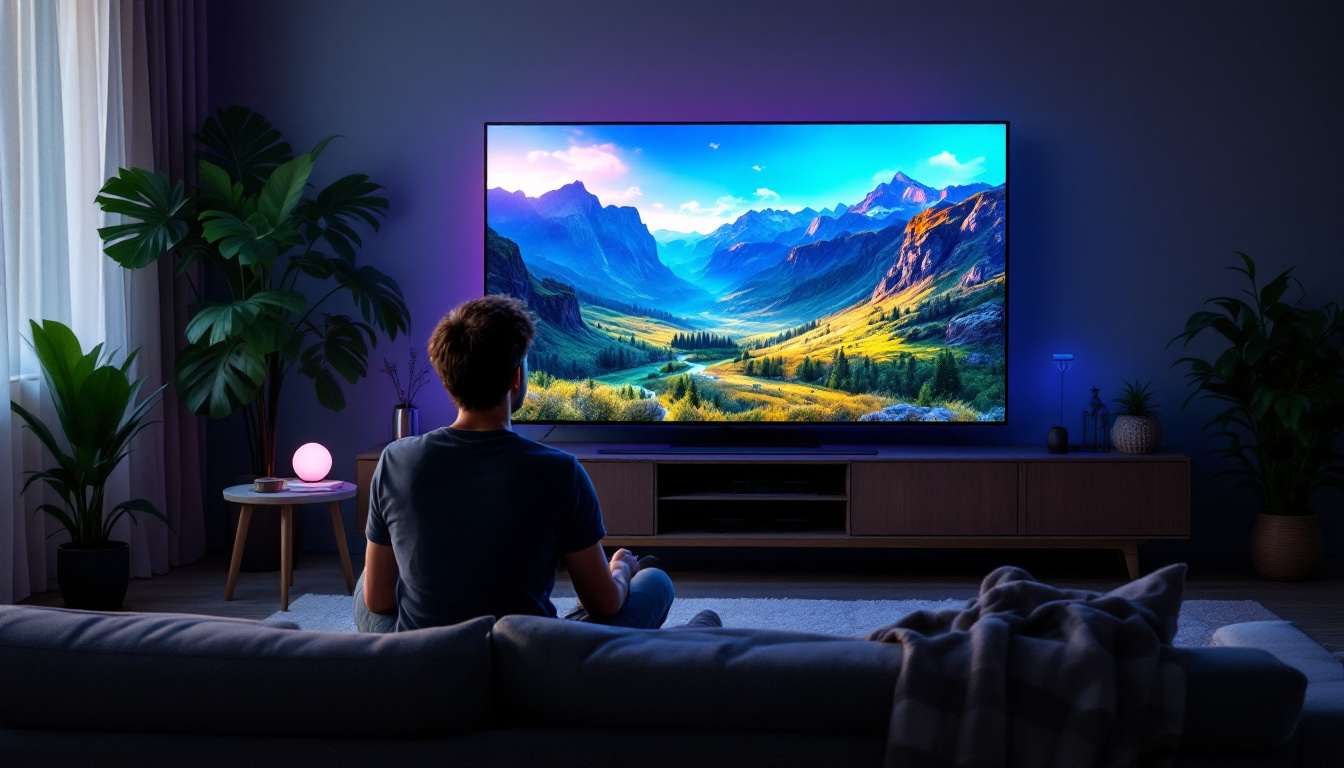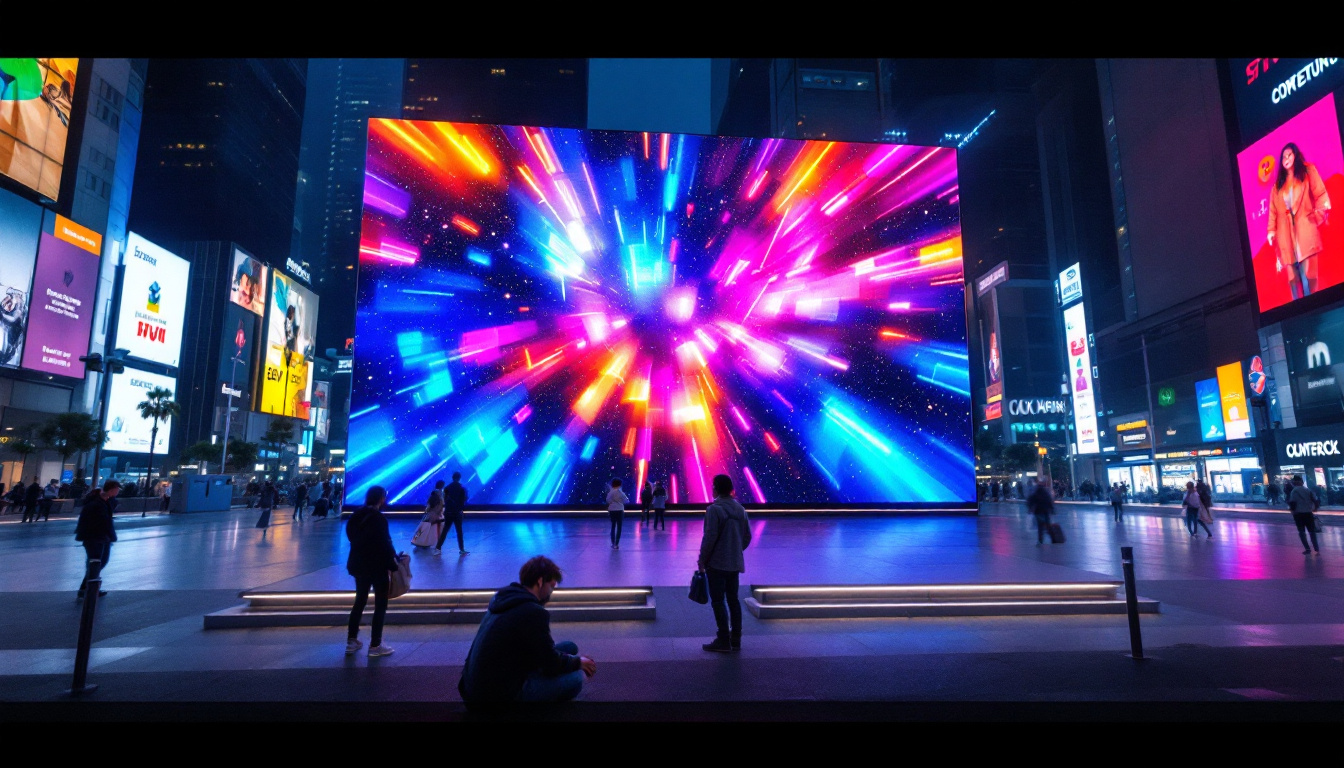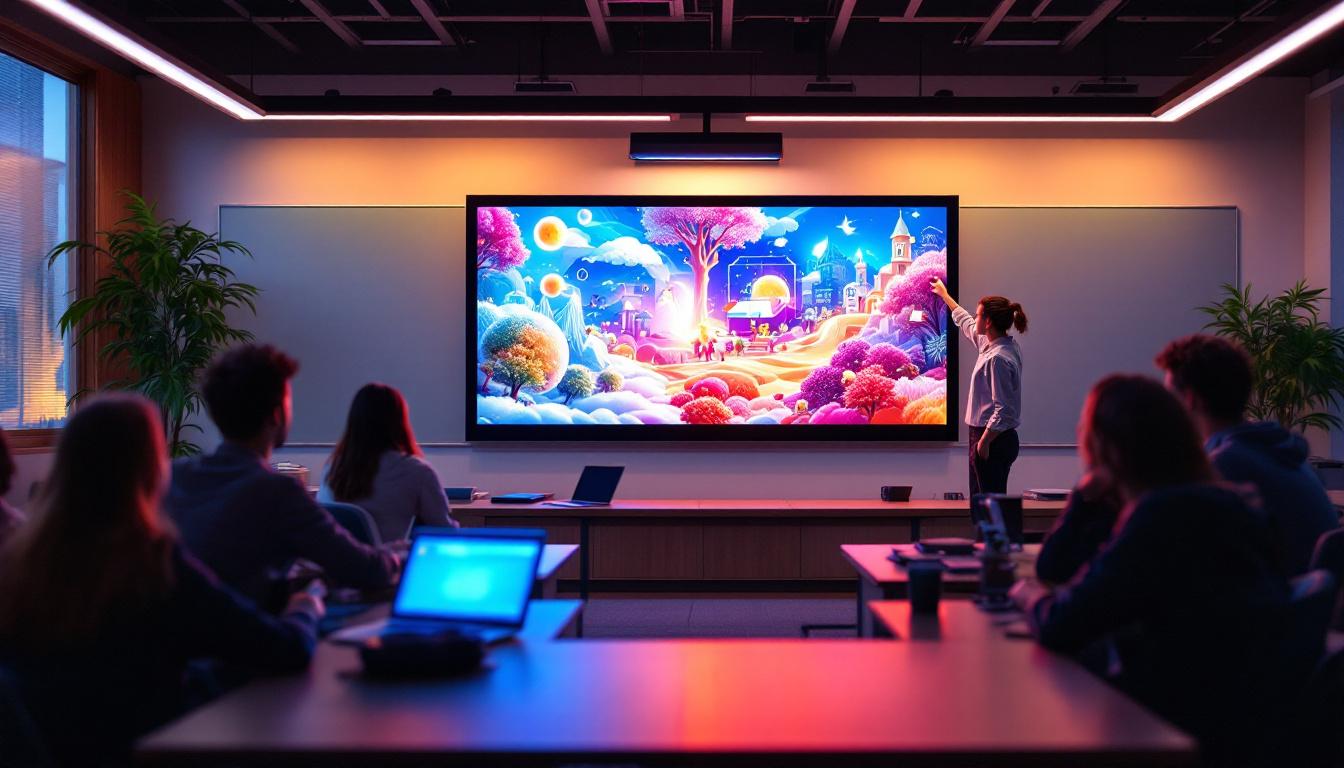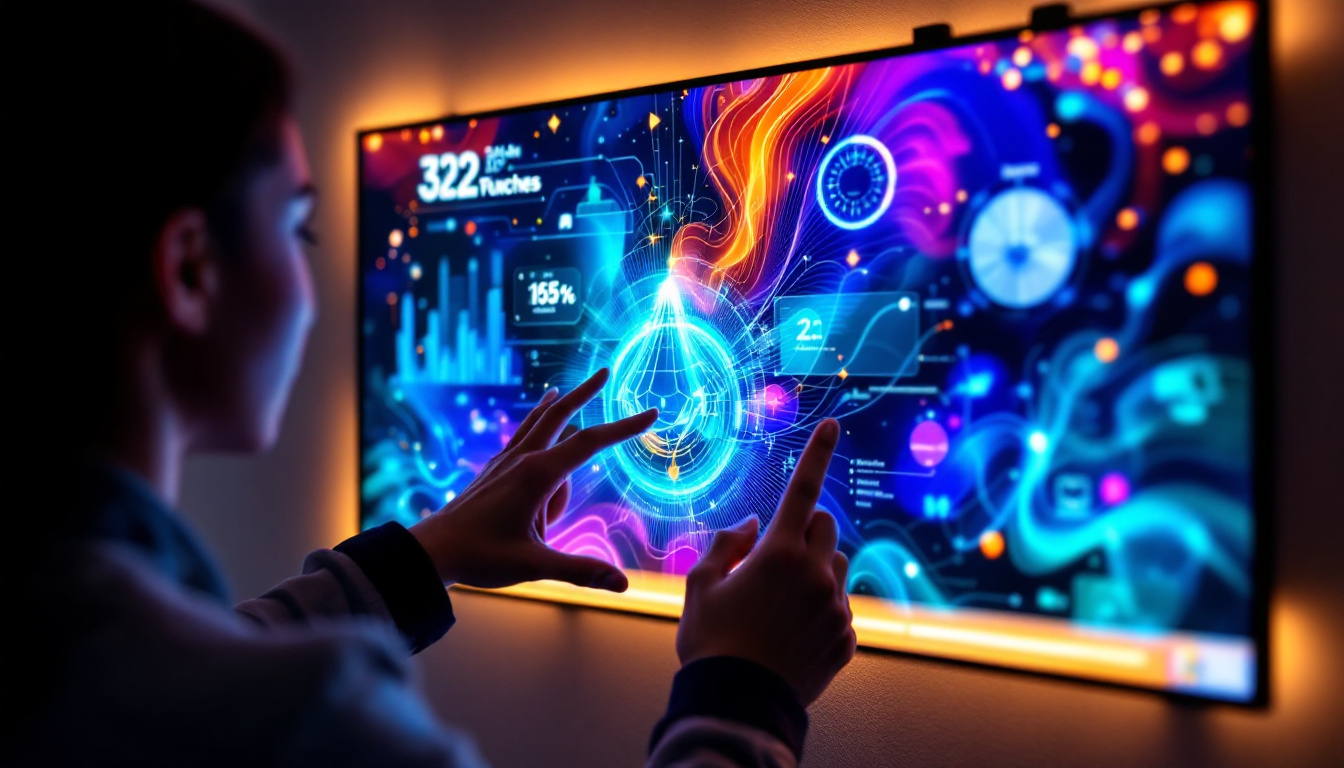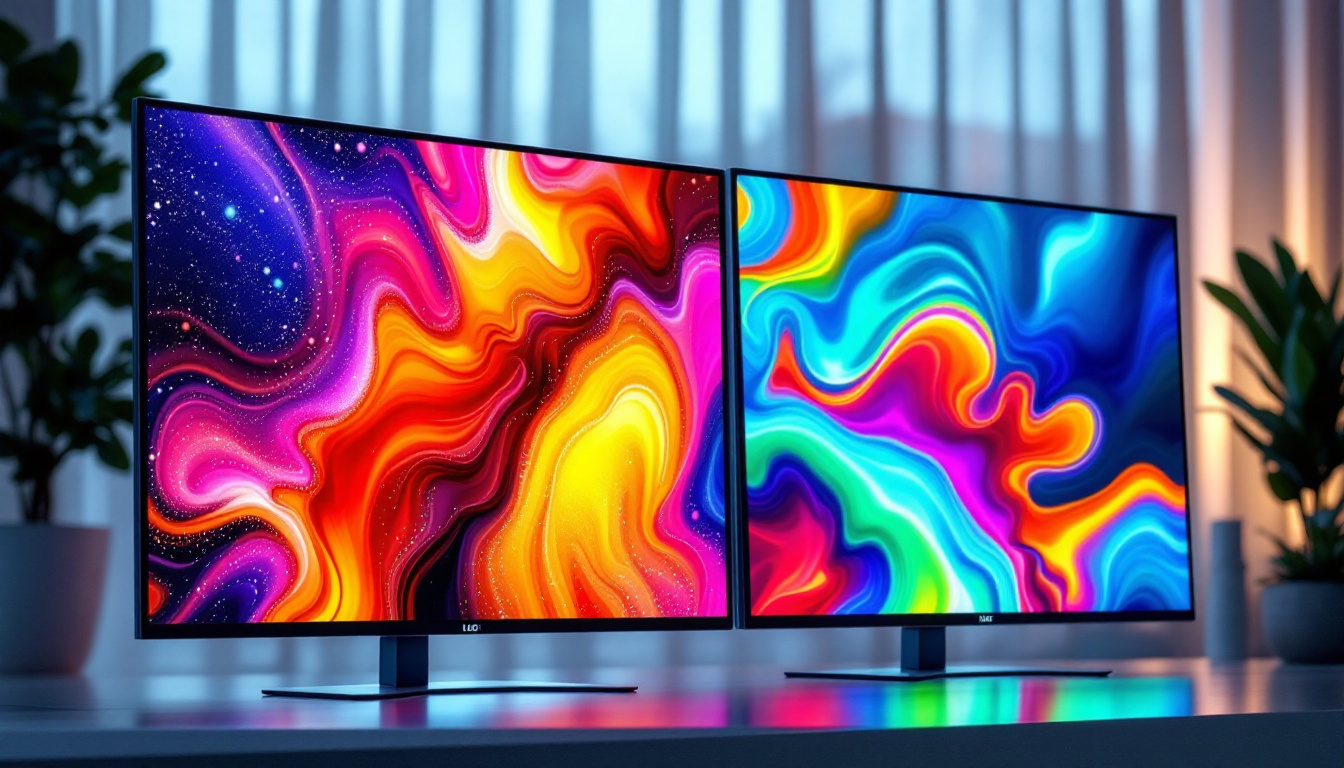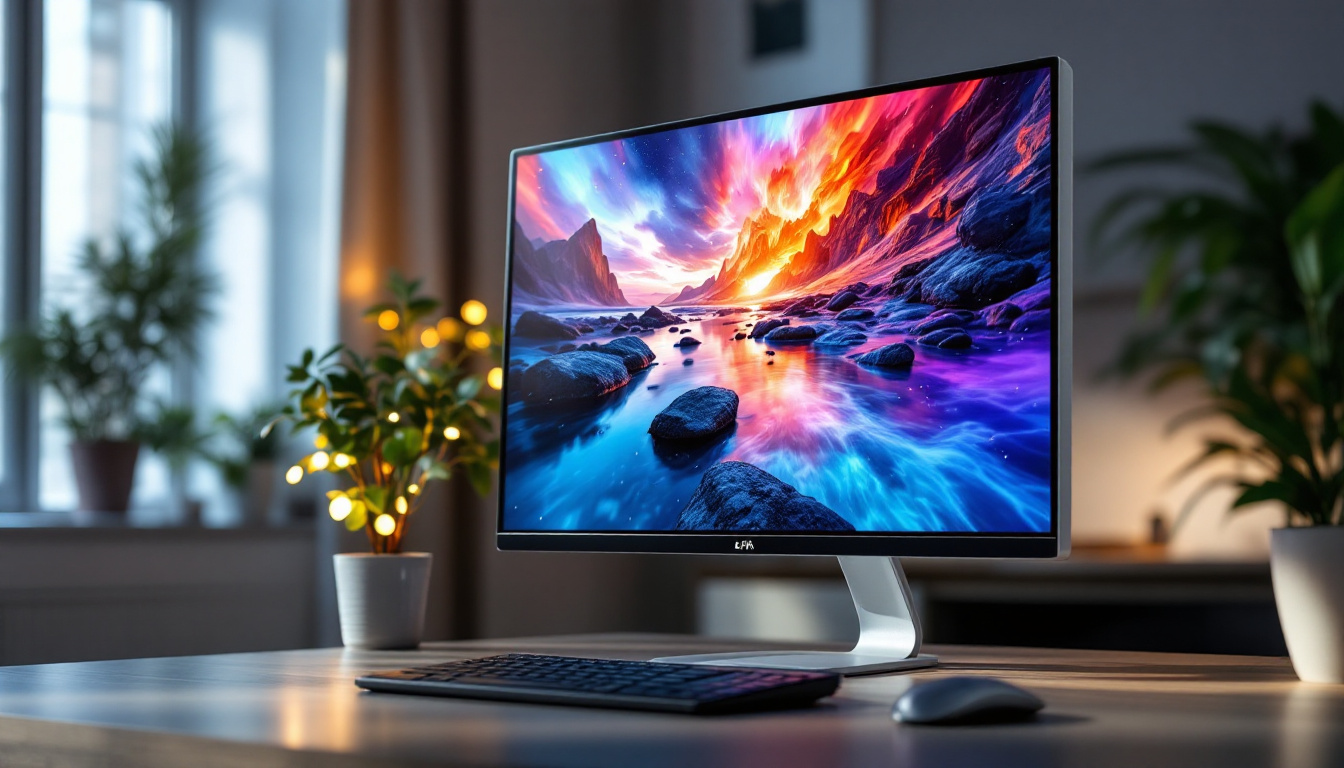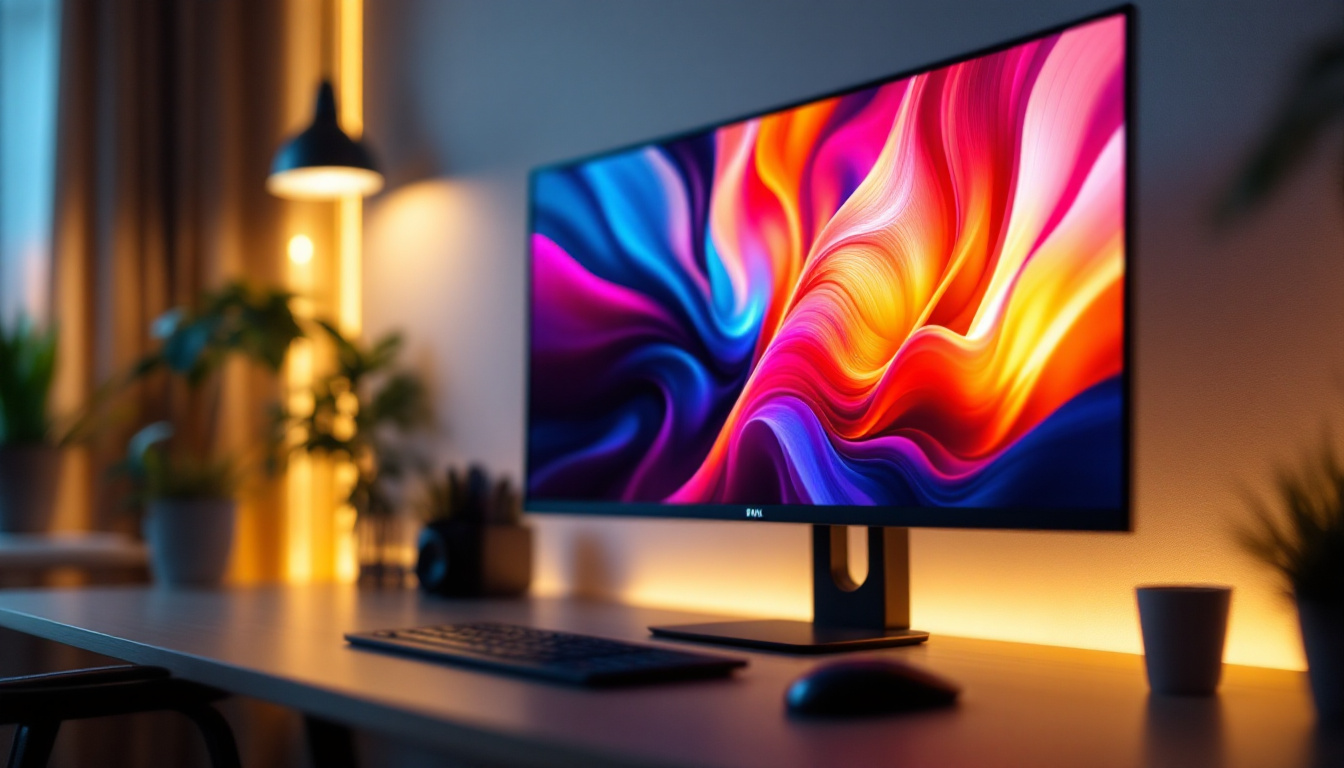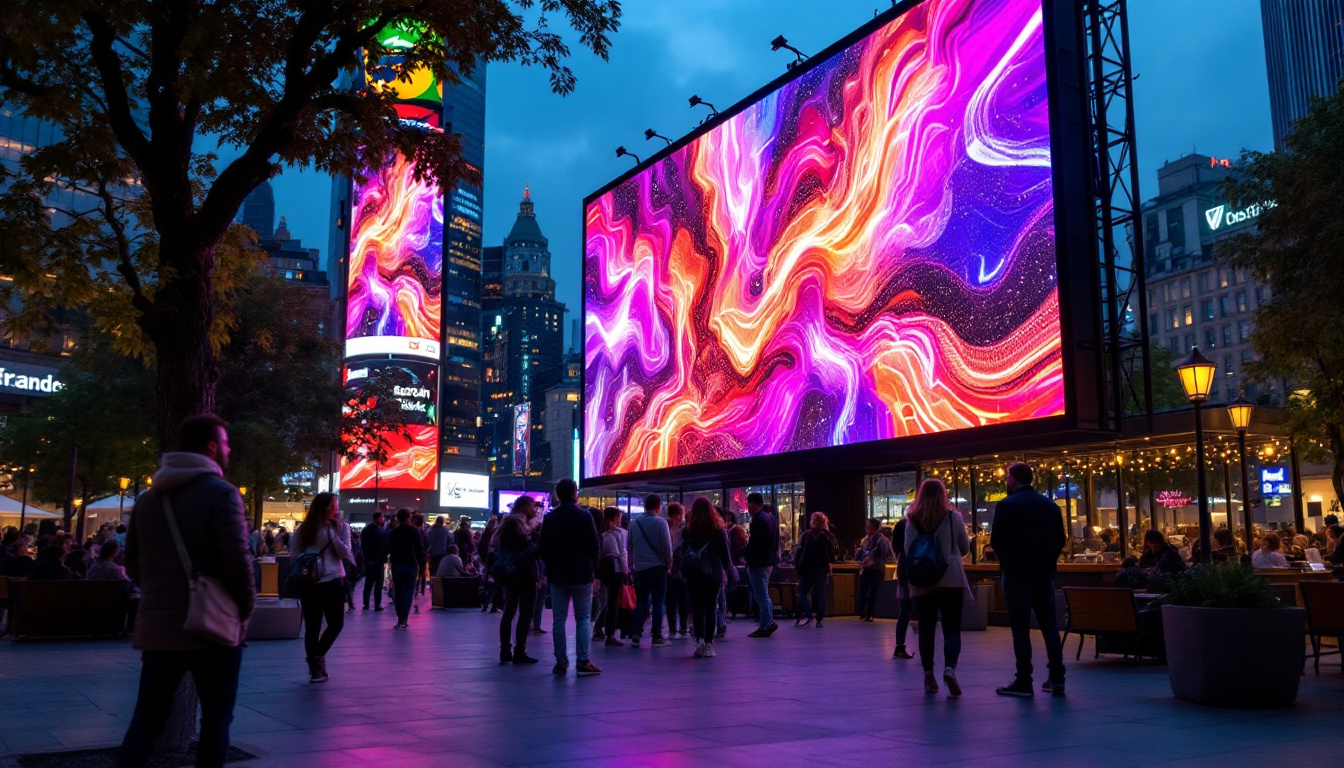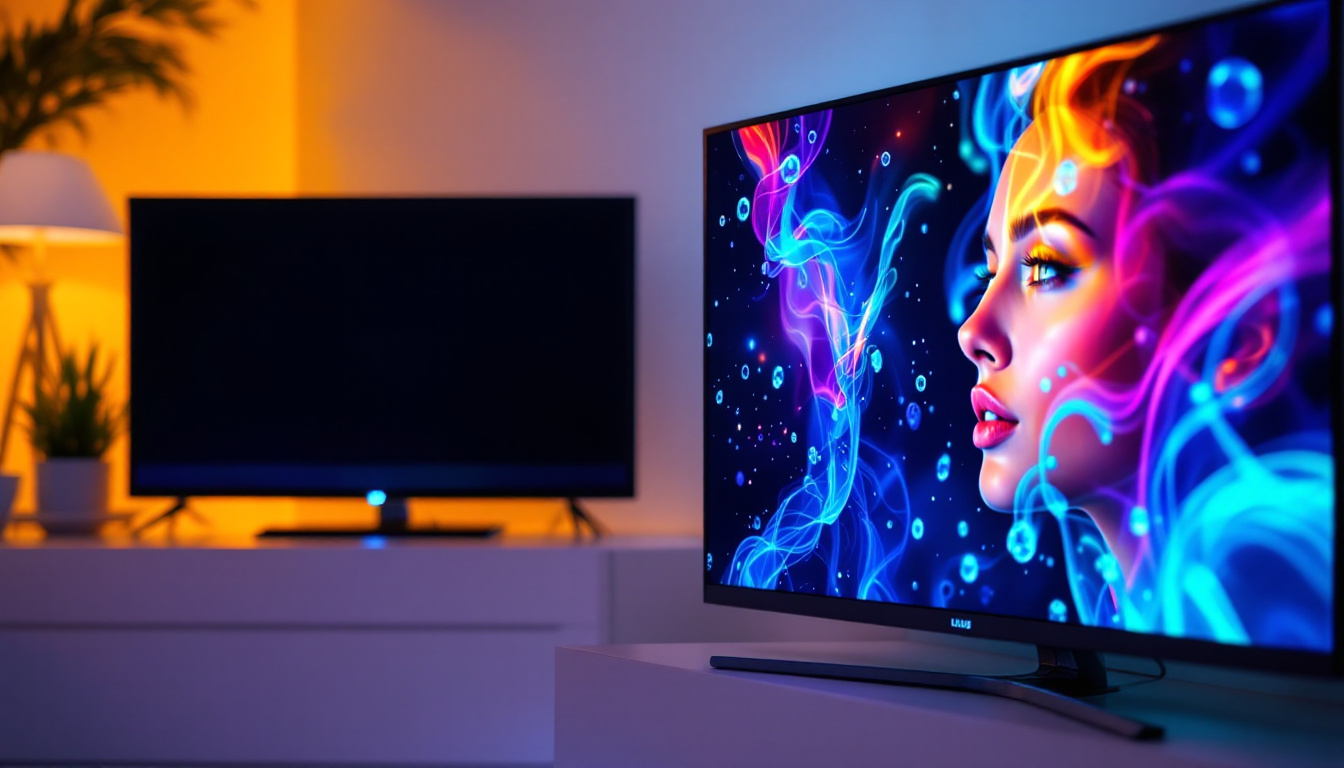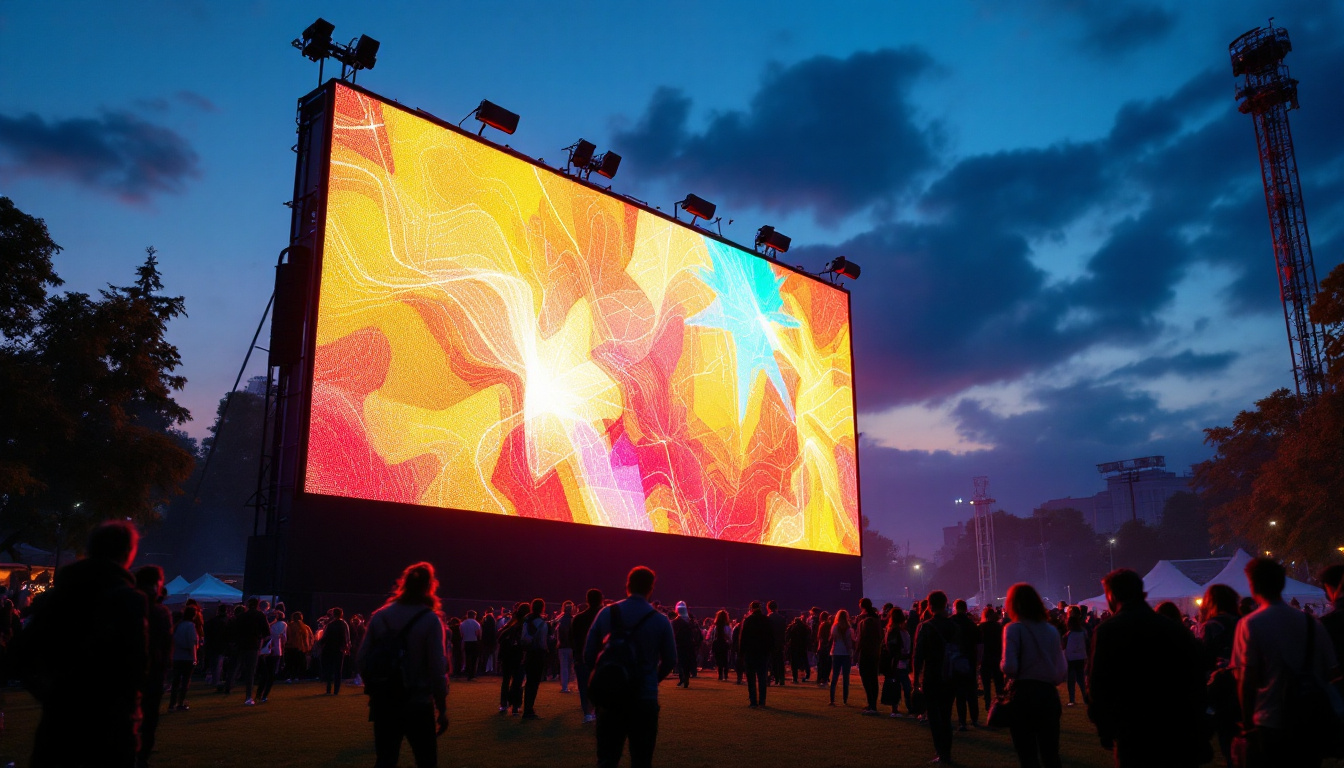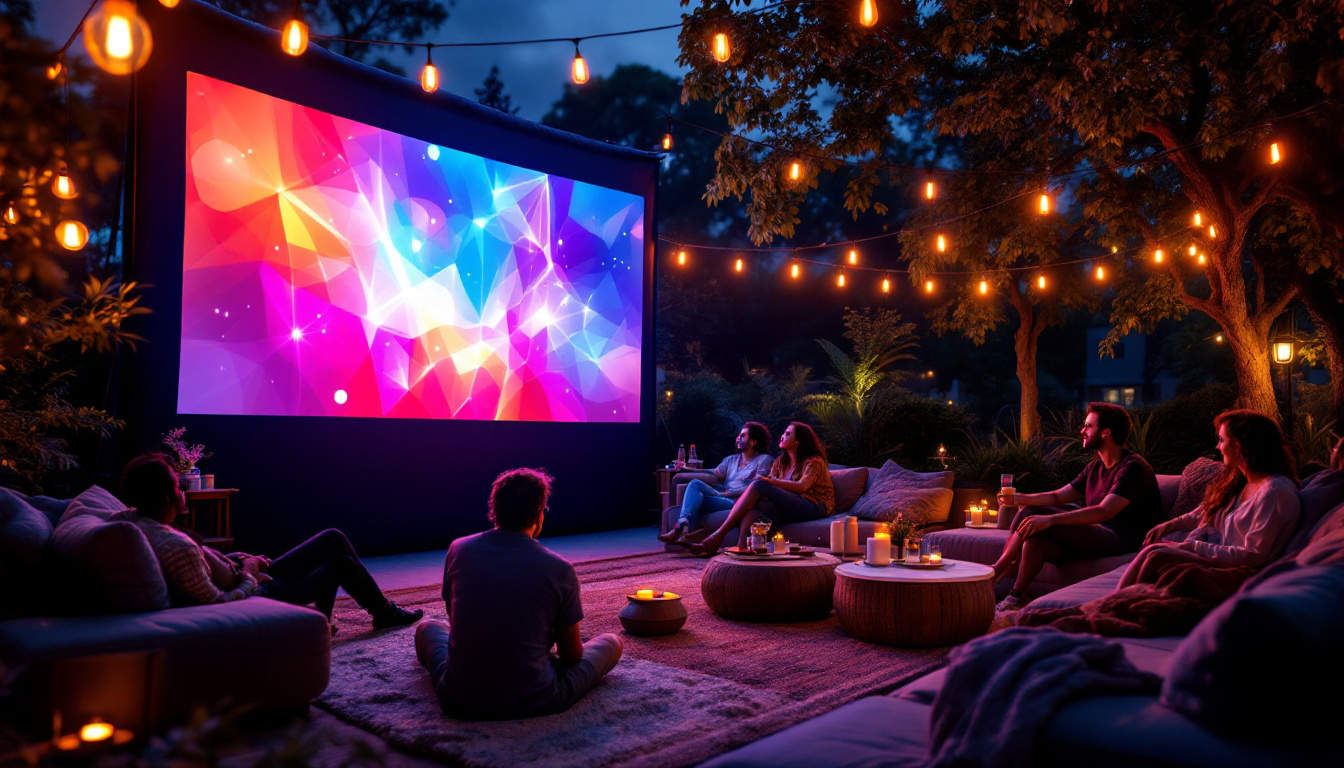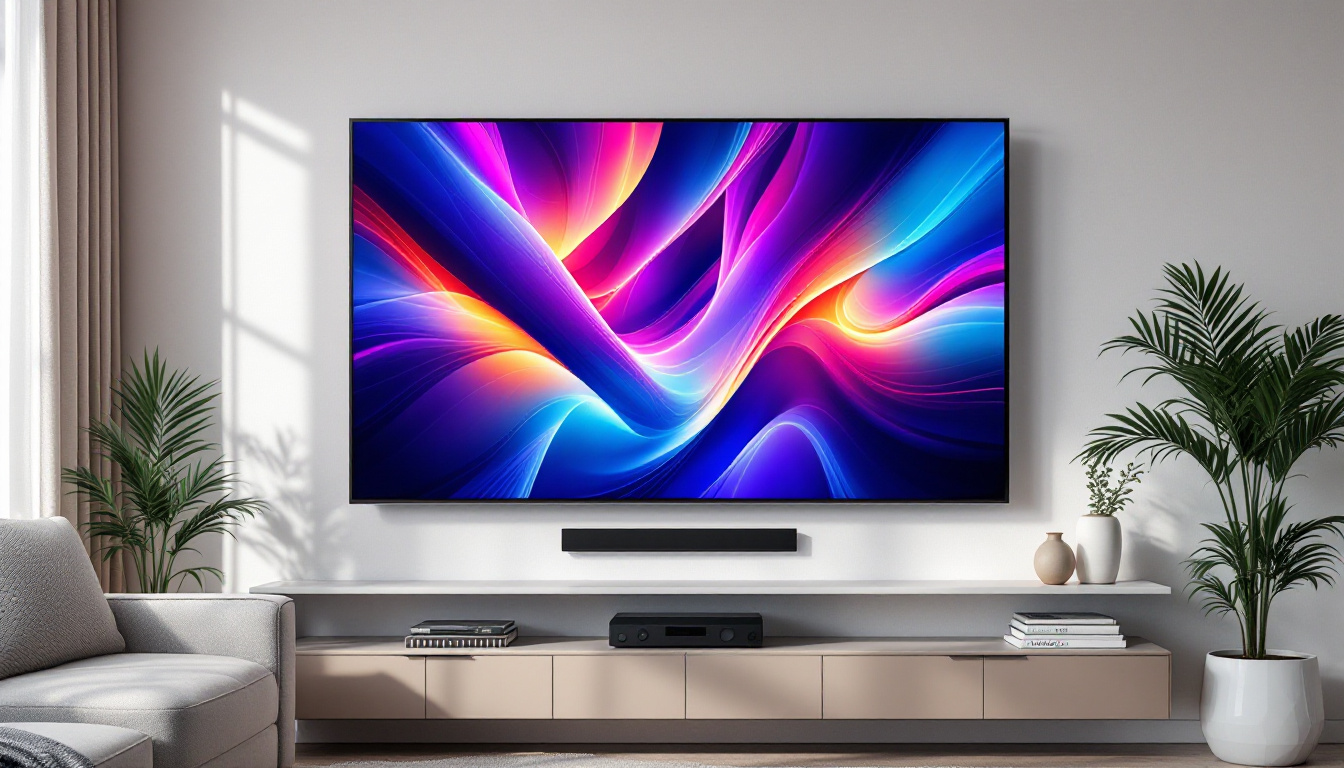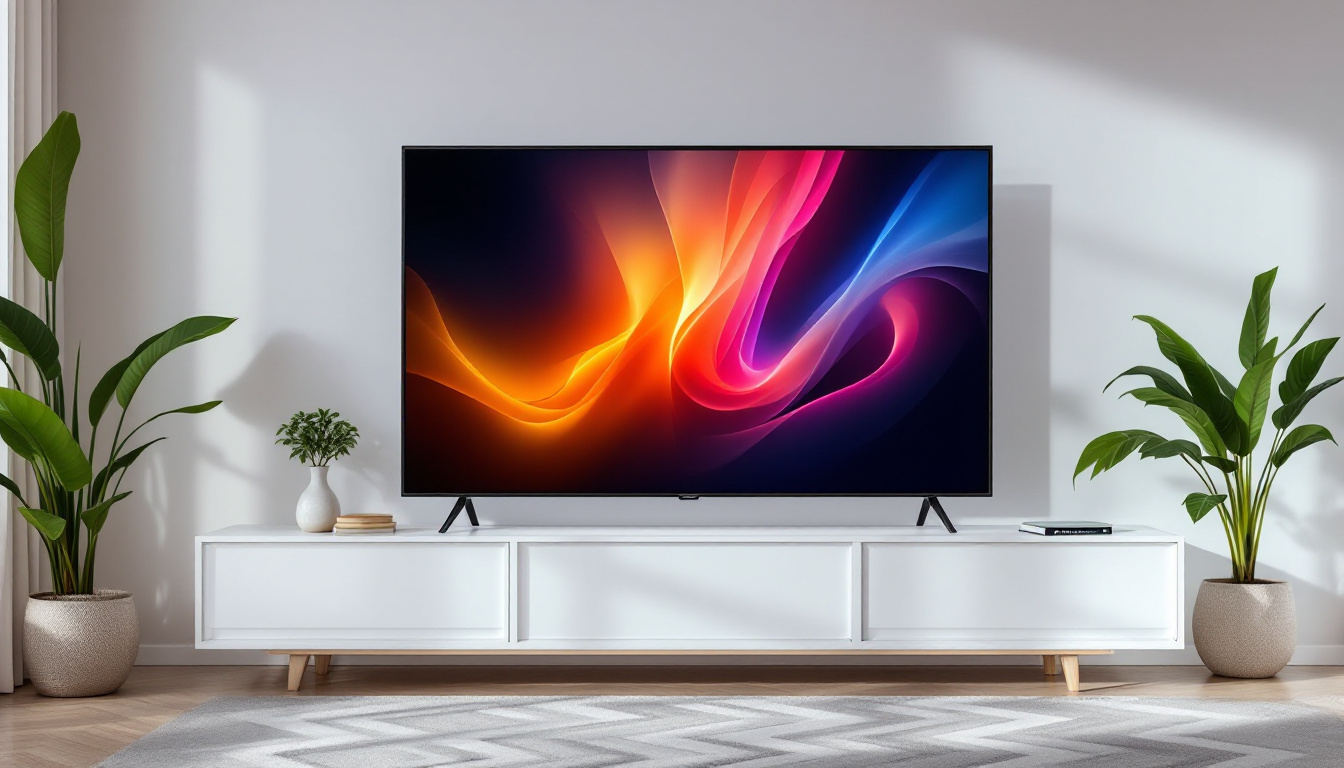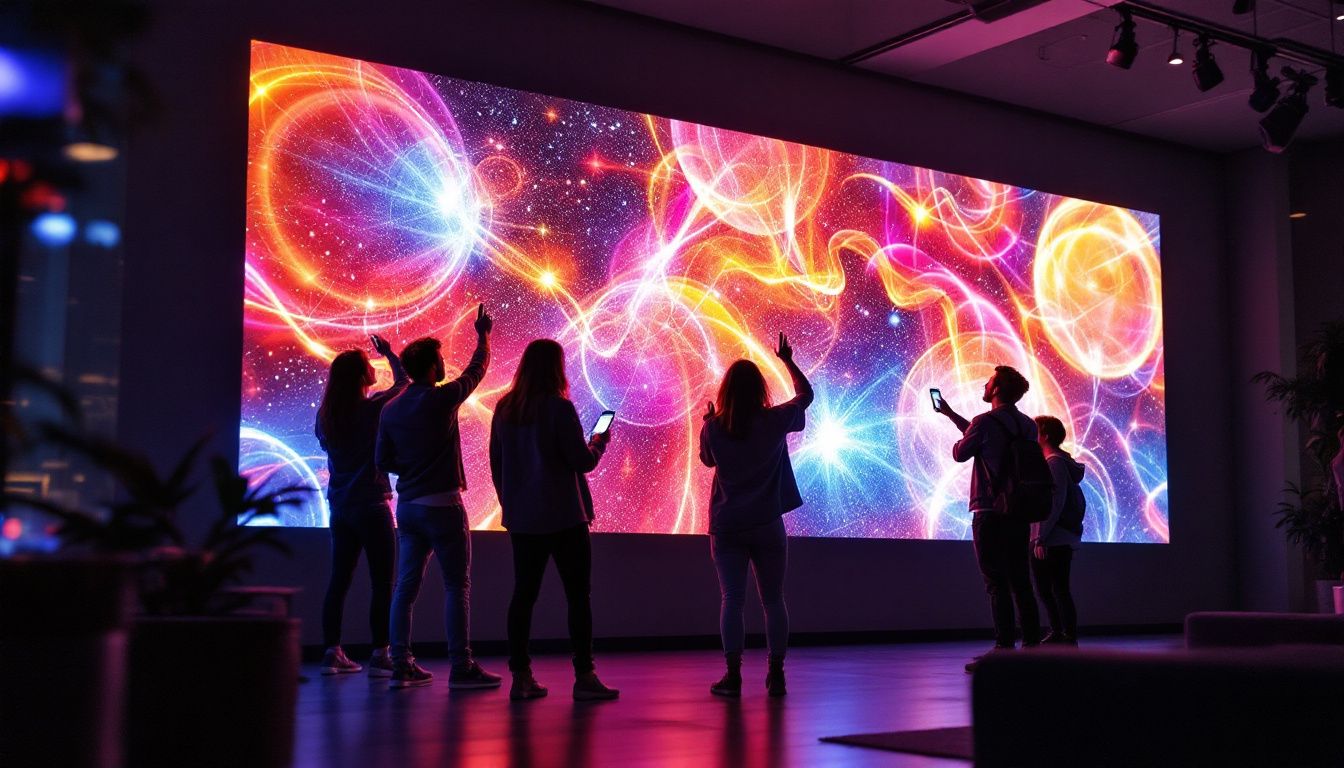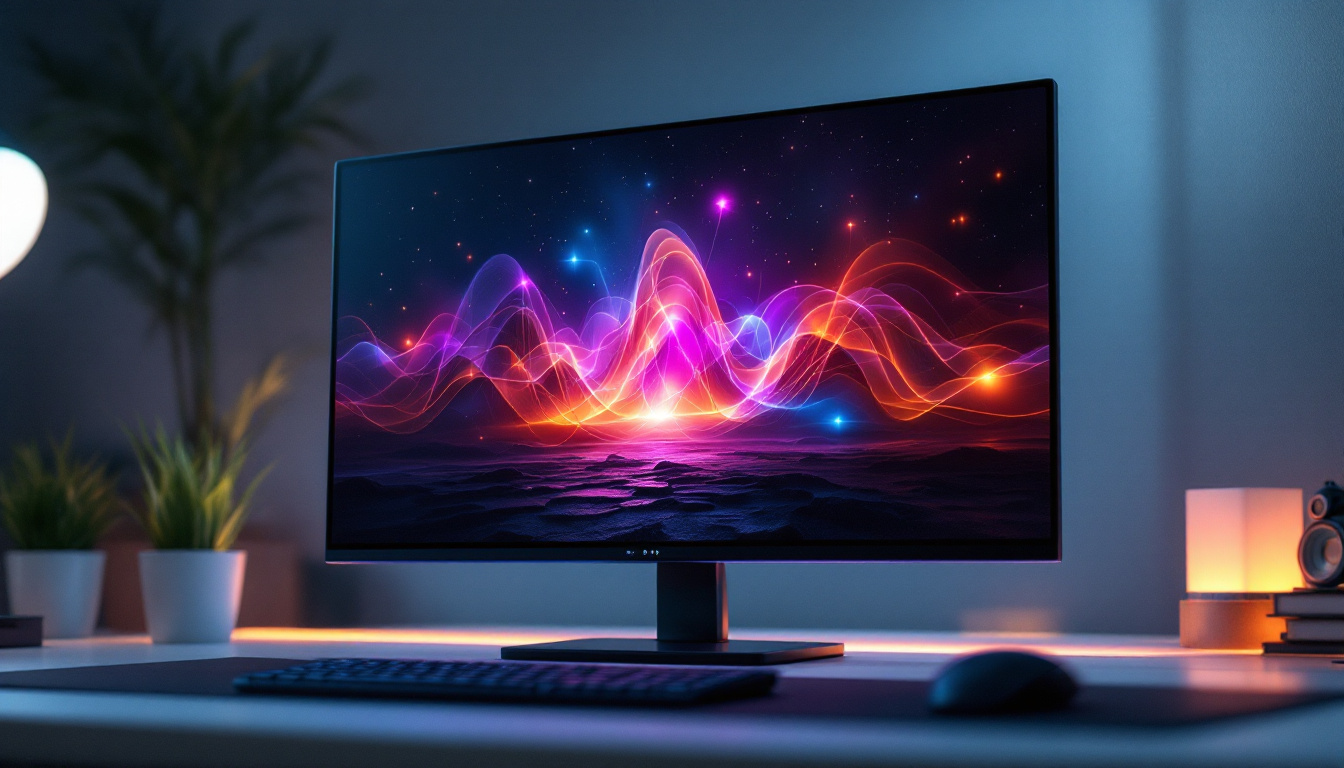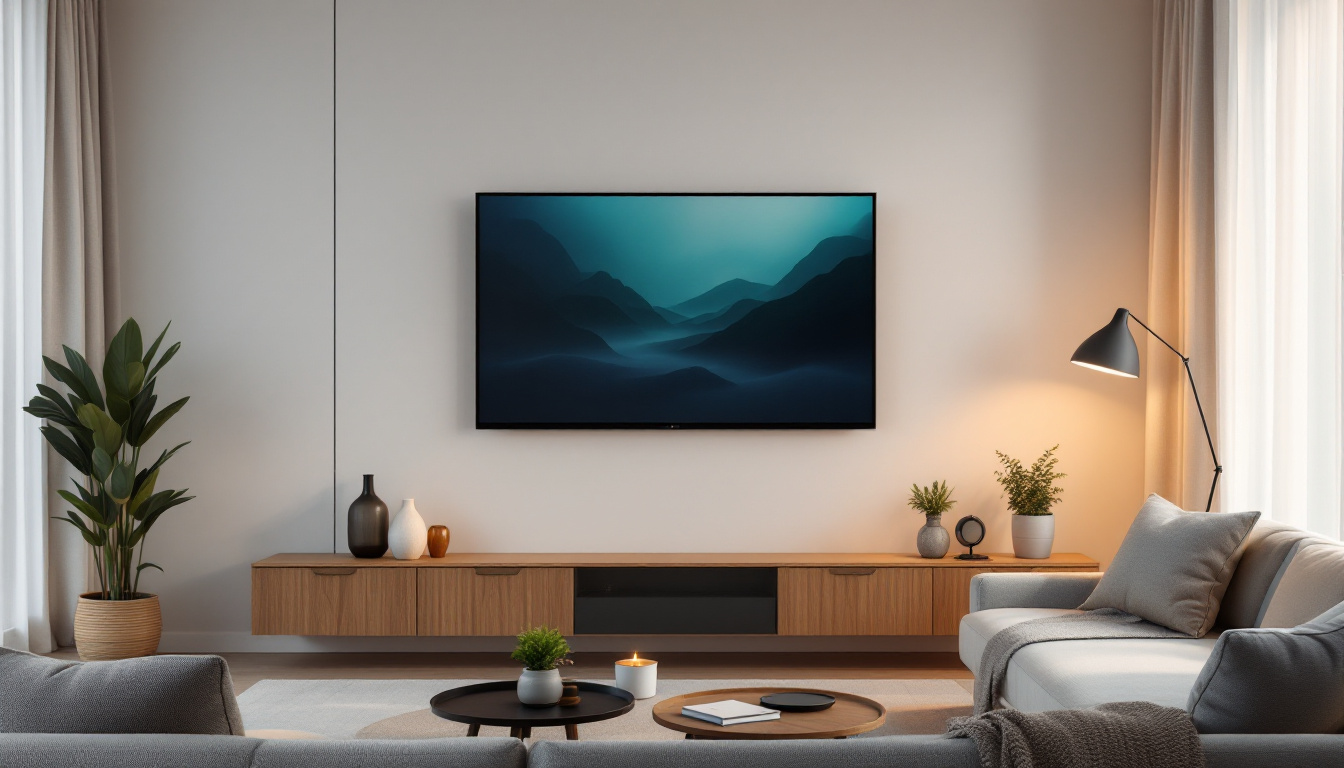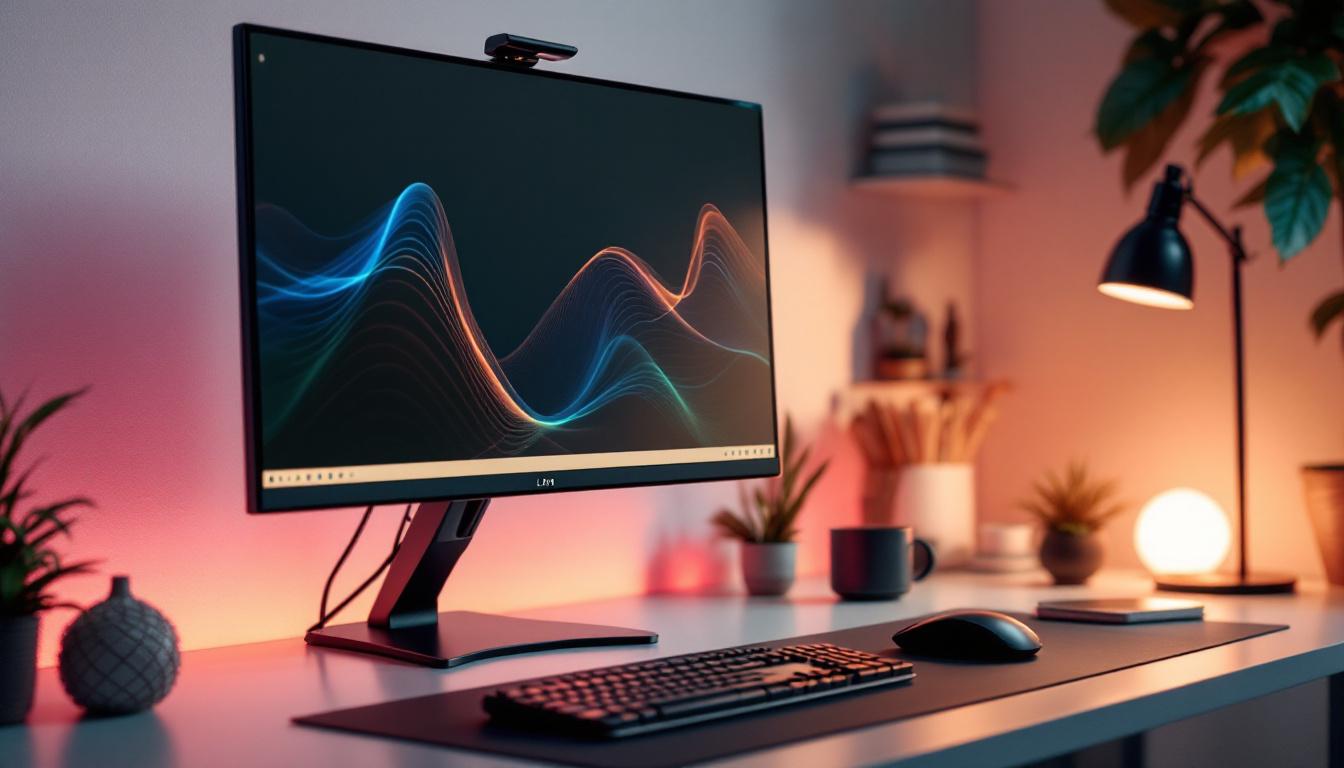Viewing Distance For TV Chart: LED Display Explained
In the age of advanced technology, selecting the right television can be a daunting task. With various types of displays available, understanding the optimal viewing distance for LED TVs is crucial for an enhanced viewing experience. This article delves into the intricacies of LED displays and provides a comprehensive chart to help consumers make informed decisions about their television setup.
Understanding LED Displays
LED (Light Emitting Diode) technology has revolutionized the way we experience visual content. Unlike traditional LCD displays that use fluorescent backlighting, LED TVs utilize an array of tiny diodes to produce vibrant images with better contrast and color accuracy. This advancement not only enhances picture quality but also allows for thinner and lighter designs. The shift to LED technology has also opened up new possibilities for creative display applications, from digital signage to large-scale video walls, making it a versatile choice in both home and professional environments.
Types of LED Displays
LED displays can be categorized into several types, each with its own unique characteristics. The most common types include:
- Edge-Lit LED: These TVs have LEDs positioned around the edges of the screen, providing a slim profile. While they are energy-efficient, they may not deliver uniform brightness across the screen. This design is particularly popular in ultra-slim models, appealing to consumers who prioritize aesthetics in their living spaces.
- Full-Array LED: This type features a grid of LEDs behind the screen, allowing for better control over brightness and contrast. Full-array LED TVs often include local dimming, which enhances black levels and overall picture quality. This technology is especially beneficial for watching movies in dark environments, where deep blacks and bright highlights can create a more immersive viewing experience.
- OLED: Although technically not an LED display, OLED (Organic Light Emitting Diode) technology deserves mention. Each pixel emits its own light, resulting in exceptional color accuracy and contrast ratios. However, OLEDs can be more expensive than traditional LED TVs. The ability of OLED screens to display true blacks, due to their pixel-level illumination, makes them a favorite among cinephiles and gamers alike.
Benefits of LED Displays
LED displays offer numerous advantages that make them a popular choice among consumers:
- Energy Efficiency: LED TVs consume less power compared to traditional displays, making them an eco-friendly option. This efficiency not only reduces electricity bills but also contributes to a lower carbon footprint, appealing to environmentally conscious consumers.
- Longevity: LED technology typically has a longer lifespan, ensuring that users get more value for their investment. Many LED displays are rated for tens of thousands of hours of use, which translates to years of reliable performance before any noticeable degradation in picture quality.
- Improved Brightness: LED displays can achieve higher brightness levels, making them suitable for various lighting conditions. This capability is particularly advantageous in bright rooms or during daytime viewing, where ambient light can wash out the image quality of lesser displays. Additionally, advancements in HDR (High Dynamic Range) technology have further enhanced the viewing experience, allowing for a broader range of colors and greater detail in both shadows and highlights.
Determining Optimal Viewing Distance
Understanding the optimal viewing distance is essential for achieving the best picture quality and overall viewing experience. The distance depends on several factors, including the size of the TV, the resolution, and personal preference.
Factors Influencing Viewing Distance
Several key factors play a role in determining the ideal viewing distance:
- Screen Size: Larger screens generally require greater distances for optimal viewing. A common guideline is to sit at a distance of 1.5 to 2.5 times the diagonal size of the screen.
- Resolution: Higher resolution displays, such as 4K, allow viewers to sit closer without noticing pixelation. This means that the recommended distance for a 4K TV can be shorter than that for a 1080p TV.
- Viewing Environment: The layout of the room, ambient light, and seating arrangement can all affect how far one should sit from the TV.
Viewing Distance Chart
The following chart provides a general guideline for optimal viewing distances based on screen size and resolution:
| Screen Size (inches) | 1080p Resolution (Distance in feet) | 4K Resolution (Distance in feet) |
|---|---|---|
| 32 | 4 – 6 | 2 – 4 |
| 40 | 5 – 8 | 3 – 5 |
| 50 | 6 – 10 | 4 – 6 |
| 55 | 7 – 11 | 4 – 7 |
| 65 | 8 – 13 | 5 – 8 |
| 75 | 10 – 15 | 6 – 10 |
This chart serves as a starting point; however, personal preferences and specific room conditions should also be taken into account when determining the ideal viewing distance.
Enhancing Your Viewing Experience
Once the optimal viewing distance is established, there are additional factors to consider that can further enhance the viewing experience:
Screen Calibration
Calibrating the TV settings can significantly improve picture quality. Adjusting brightness, contrast, color balance, and sharpness according to personal preferences can make a noticeable difference. Many LED TVs come with preset modes for different viewing environments, such as cinema, sports, or gaming, which can be beneficial.
Room Lighting
The lighting in the room plays a crucial role in the overall viewing experience. Ideally, the room should be dimly lit to reduce glare on the screen. Using curtains or blinds can help control natural light, while strategically placed lamps can provide ambient lighting without overpowering the TV’s brightness.
Seating Arrangement
Arranging seating at the recommended distance and angle can enhance comfort and viewing pleasure. Ideally, the viewer’s eyes should be level with the center of the screen. This positioning minimizes neck strain and allows for a more immersive experience.
Common Misconceptions About Viewing Distance
Despite the wealth of information available, several misconceptions about viewing distance persist. Addressing these can help consumers make more informed choices.
Myth: The Bigger the TV, the Further Away You Should Sit
While it’s true that larger screens often require greater distances, the resolution of the TV is equally important. A 4K TV allows viewers to sit closer without sacrificing image quality. Therefore, it’s essential to consider both screen size and resolution when determining viewing distance.
Myth: You Can Sit Anywhere in the Room
Many believe that viewing distance is irrelevant as long as the TV is visible. However, sitting too close or at an awkward angle can lead to discomfort and a less enjoyable experience. Finding the right spot in the room is crucial for optimal viewing.
Myth: All TVs Have the Same Viewing Distance
Different types of TVs have varying characteristics that can affect viewing distance. Factors like screen size, resolution, and technology (LED vs. OLED) all play a role. Therefore, it’s essential to consult specific guidelines for each type of TV rather than relying on a one-size-fits-all approach.
Conclusion
Understanding the optimal viewing distance for LED displays is essential for maximizing the enjoyment of visual content. By considering factors such as screen size, resolution, and personal preferences, consumers can create a comfortable and immersive viewing environment. The provided viewing distance chart serves as a helpful guide, but individual circumstances should always be taken into account.
As technology continues to evolve, staying informed about advancements in display technology and viewing practices will ensure that viewers can enjoy their favorite shows and movies to the fullest. Whether it’s a movie night with family or a gaming session with friends, the right setup can make all the difference in creating memorable experiences.
Discover the Perfect LED Display with LumenMatrix
Ready to elevate your viewing experience with the latest in LED display technology? Look no further than LumenMatrix, a pioneer in crafting visually stunning and innovative LED solutions. Whether you’re in need of an Indoor LED Wall Display for your business, an Outdoor LED Wall Display for events, or even specialized displays like Vehicle LED Displays and LED Sports Displays, LumenMatrix has you covered. Embrace the future of visual communication with our diverse range of products, including the captivating LED Transparent Display and the versatile All-in-One LED Display. Don’t just watch—immerse yourself in unparalleled clarity and vibrancy. Check out LumenMatrix LED Display Solutions today and transform the way you share your message and enjoy your content.

